Disclaimer: This blog post contains affiliate links. If you make a purchase through these links, I may earn a small commission at no additional cost to you. Learn More. Thank you for supporting our garden community.
25 September Flowers to Plant in Late Summer for Lasting Blooms
Last Updated: August 30, 2024
As the brisk winds of autumn begin to whisper, the vibrant green canvas of summer slowly transforms into a rich tapestry of russet and gold. For gardening enthusiasts, this seasonal shift might pose a question: what flowers can thrive in the cooler days of September? The secret to maintaining a lively garden during this time lies in selecting the right blooms. This guide brings you 25 September flowers that you can plant in late summer, ensuring your garden remains a haven of color and vitality as the seasons change.
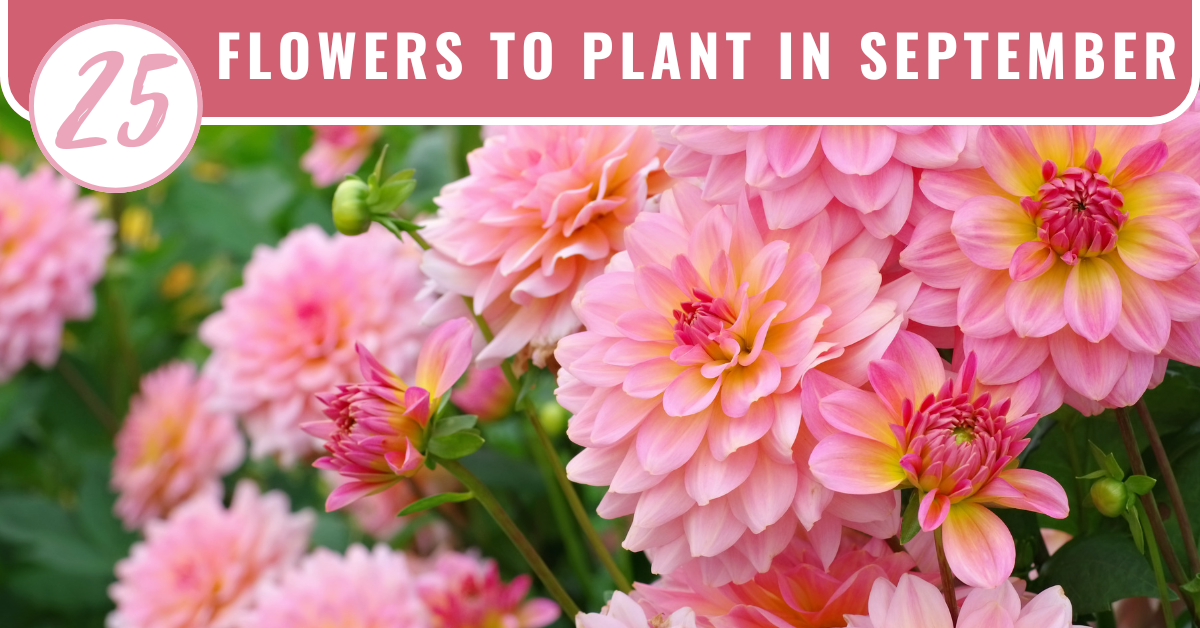
With these 25 September flowers, you will be able to extend your ornamental gardening season well into the fall.
The flowers we have selected for your are perfect for the growing conditions present in September and the subsequent months, allowing you to enjoy their beauty for many months to come.
September Flowers to Plant in Late Summer
Here’s what you’ll learn from this comprehensive article:
- A Selection of Flowers: It lists 25 different types of flowers that are optimal for planting in September, catering to a range of garden styles and color preferences.
- Height Information: For each flower mentioned, we provide the maximum height they can reach when mature, which is crucial for planning the layout and aesthetics of your garden.
- Light Requirements: This post includes the necessary light levels for each flower, helping you understand where in your garden these flowers will thrive best based on available sunlight.
- Seasonal Suitability: The focus is on flowers that are specifically suited for late summer to early fall planting, making it a timely guide for gardeners looking to enhance or maintain their gardens during these seasons.
Understanding September’s Garden Dynamics
Before diving into our floral selection, it’s essential to grasp why certain flowers excel in September’s unique climatic conditions.
As daylight hours shorten and temperatures cool, plants that thrive in moderate conditions come into their own. Opting for these will not only invigorate your garden but also prepare it for the seasons ahead.
Caring for Your September Garden
- Watering Wisely: September may bring cooler days, but proper hydration remains key for new plants. You may not have to water as often, as evaporation rates will be much lower. Maybe once a week will be fine for most plants, some could very well be good with less watering.
- Preparing for Pests: While some flowers deter pests, complement your gardening strategy with natural repellents for a robust defense. These pests include aphids, spider mites, and diseases such a as powdery mildew. With the decreased temperatures and increased humidity, these pests will be on the rise at this time of year.
- Mulching: A layer of mulch can protect your September blooms from early frosts, locking in moisture and warmth. At this time of year, use a dark coloured mulch as the dark colour will absorb more sunlight, therefore warming up the soil. This will help your fall flowers to combat the cold.
Top 25 Flowers to Plant in September
Let’s not waste any more time! Here is our list of 25 September flowers that you can plant in late summer and early fall. If you want to purchase any of the selected varieties, simply click on its name!

Asters
Asters are the stars of the fall garden, with their dainty daisy-like flowers creating a spectacular splash of color. They can easily withstand the cooler September weather and continue to bloom into fall.
- Maximum Height: 1 to 6 feet (varies by species)
- Light Level: Full sun to partial shade
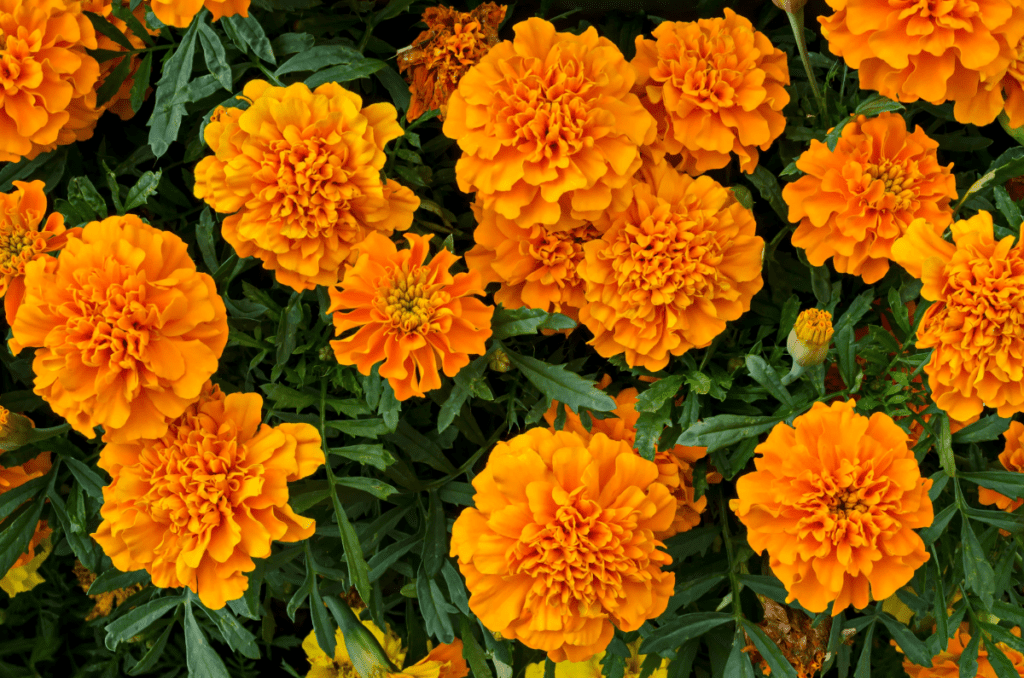
Marigolds
With their fiery orange and yellow blooms, marigolds are known as much for their pest-repellent properties as they are for their vibrant colors, making them a practical and pretty choice for September planting.
- Maximum Height: 6 to 36 inches
- Light Level: Full sun
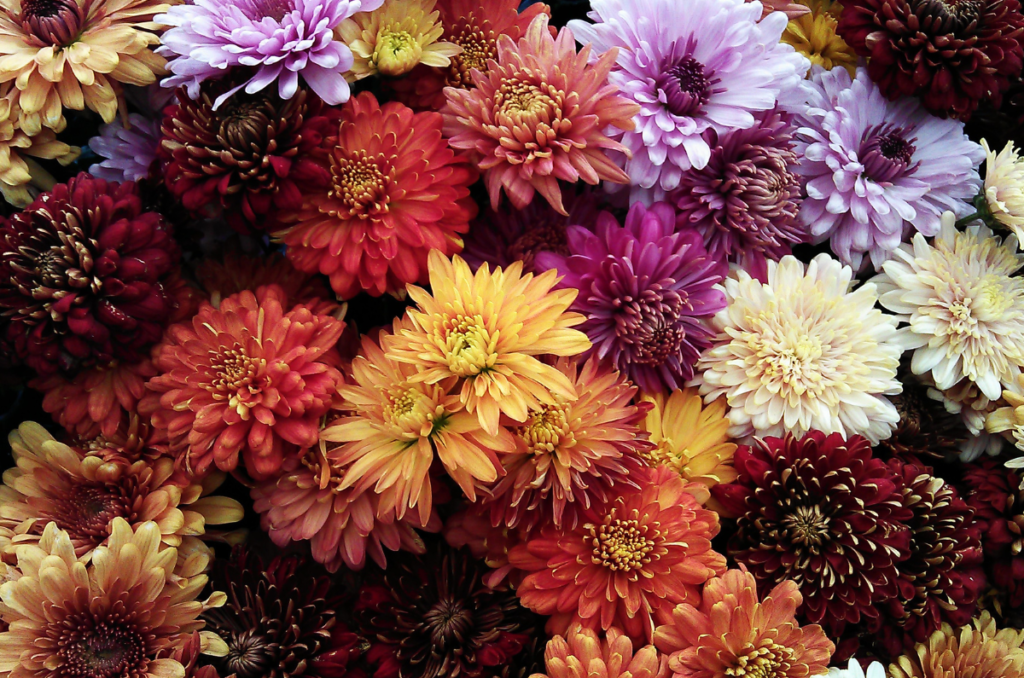
Chrysanthemums
Often referred to as ‘mums’, these hardy flowers come into their own as the days shorten, with a plethora of hues that complement the fall landscape and a robust nature that can handle the chill.
- Maximum Height: 1 to 5 feet
- Light Level: Full sun
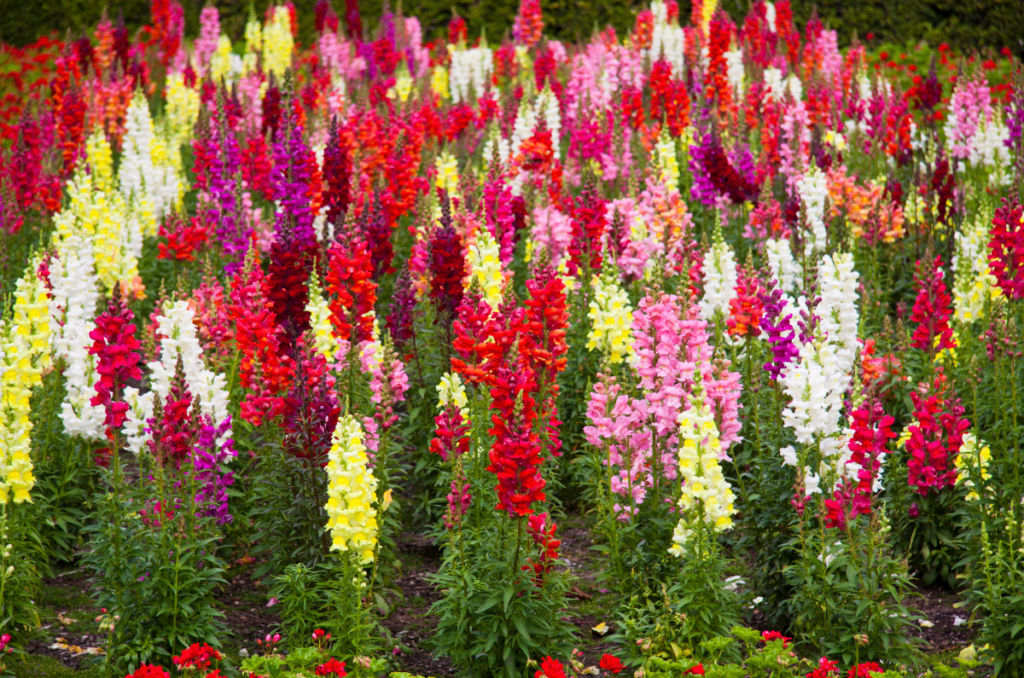
Snapdragons
Snapdragons add height and an array of colors to your garden. These cool-weather lovers start well in September and can often survive early frosts, making them ideal for extending the garden season.
- Maximum Height: 6 inches to 3 feet
- Light Level: Full sun to partial shade
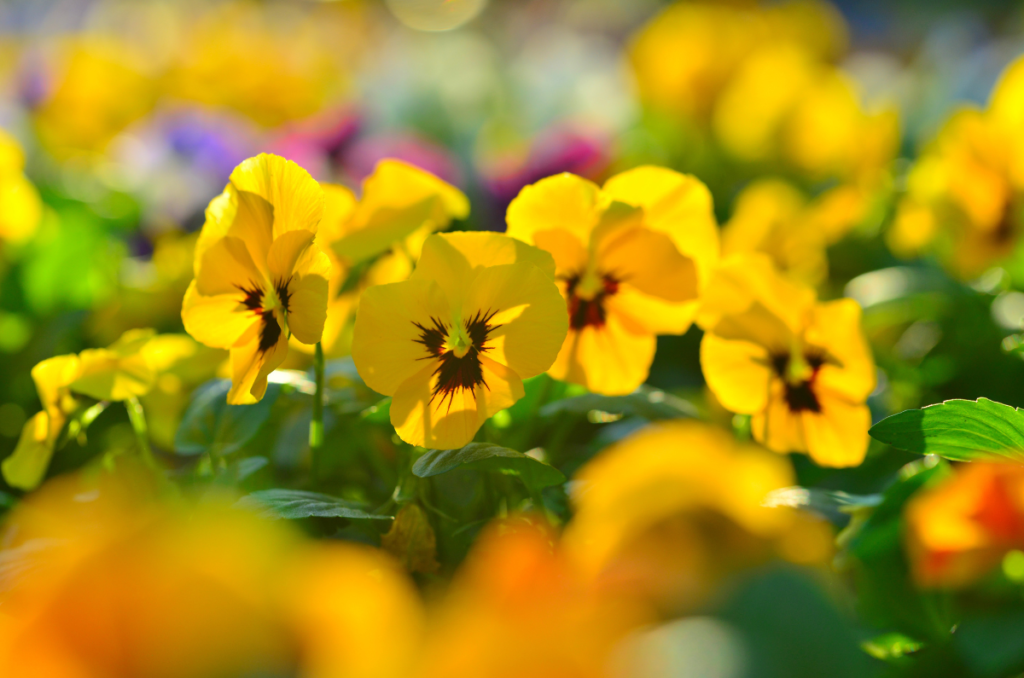
Pansies
These hardy blooms are perfect for a September start. With face-like patterns, pansies can survive a frost and even rebound in the spring if planted in the fall.
- Maximum Height: 6 to 9 inches
- Light Level: Full sun to partial shade
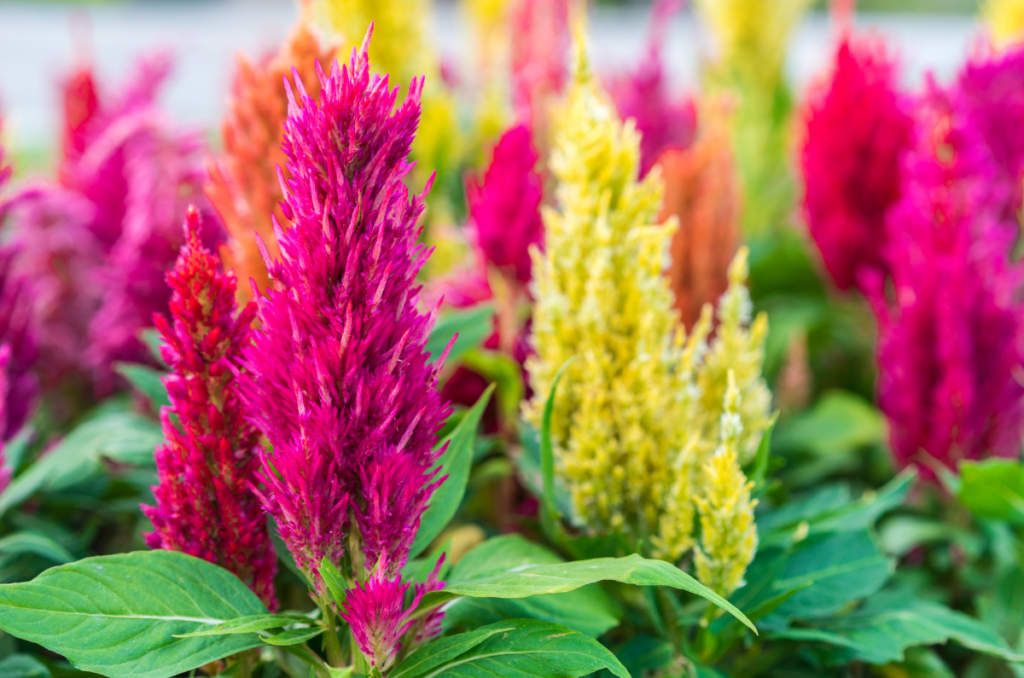
Celosia
Celosia offers textural plumes and a wide range of colors. This warm-season flower can handle the transition into fall, bringing a touch of whimsy and vertical interest to your September garden.
- Maximum Height: 6 inches to 3 feet
- Light Level: Full sun
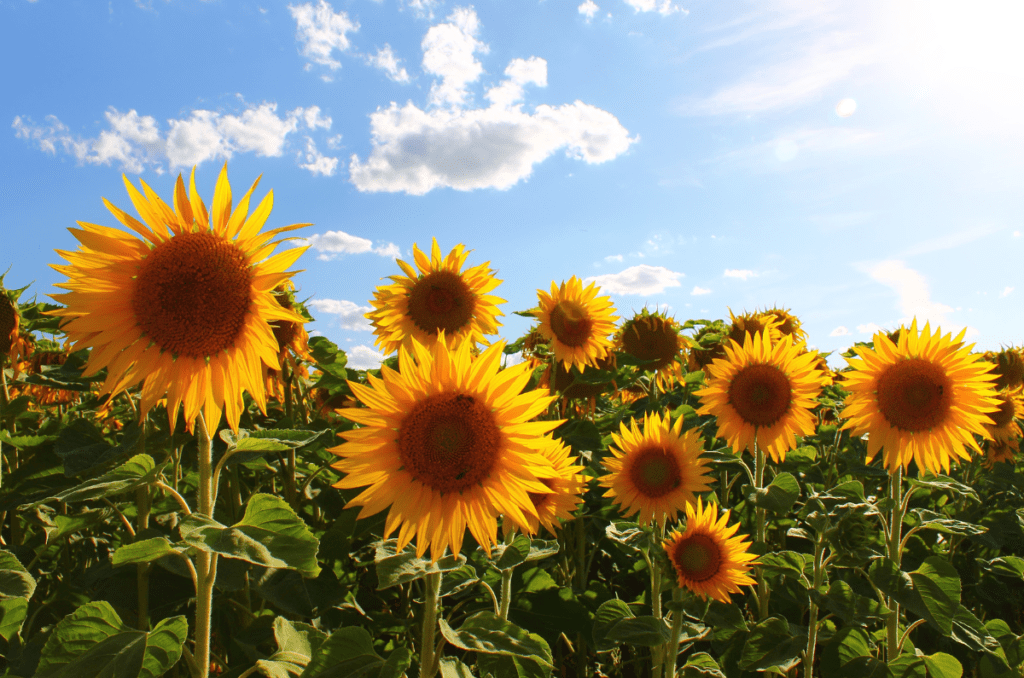
Sunflowers
While typically planted earlier, some dwarf varieties can be sown in September for a fast burst of late-season growth, with their cheerful faces following the sun across the sky.
- Maximum Height: 1.5 to 10 feet (depending on variety)
- Light Level: Full sun
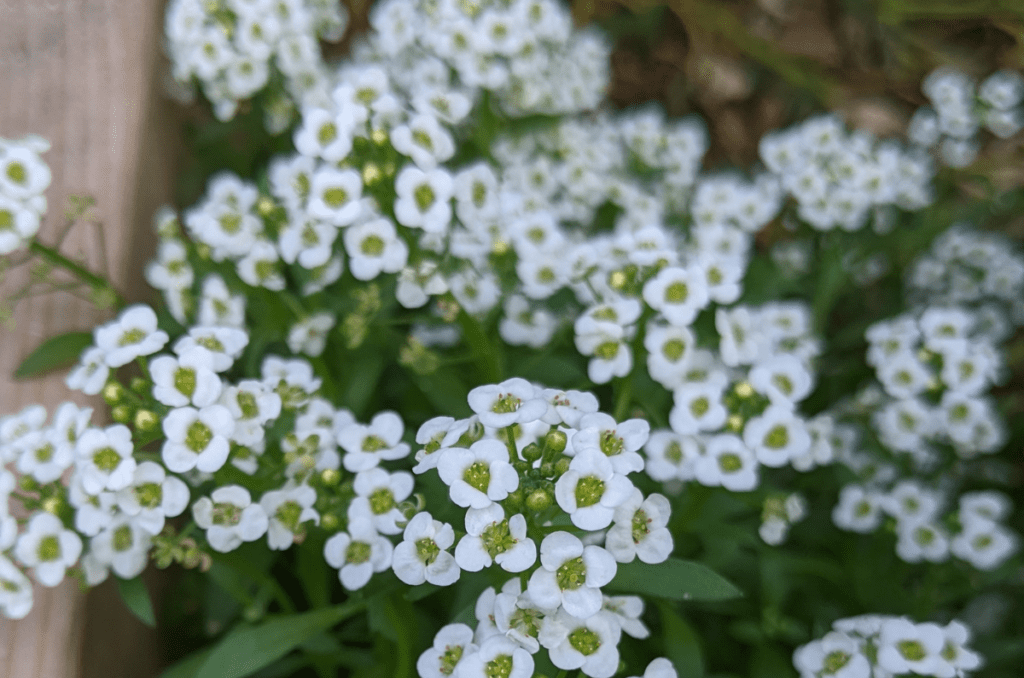
Sweet Alyssum
This fragrant carpet of tiny flowers thrives in cooler temperatures and will survive early frosts, making it an excellent groundcover or border plant for a fall garden.
- Maximum Height: 3 to 9 inches
- Light Level: Full sun to partial shade
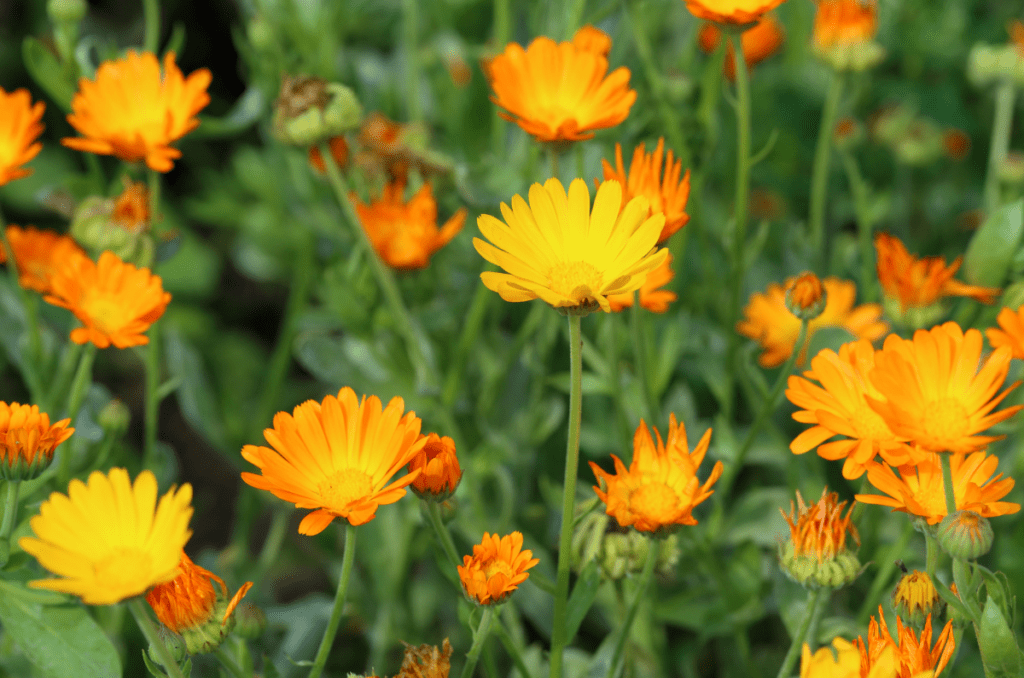
Calendula
These bright yellow and orange flowers resemble daisies and marigolds and are known for their medicinal properties. Calendulas can tolerate a wide range of soil conditions and cooler temperatures.
- Maximum Height: 12 to 24 inches
- Light Level: Full sun to partial shade
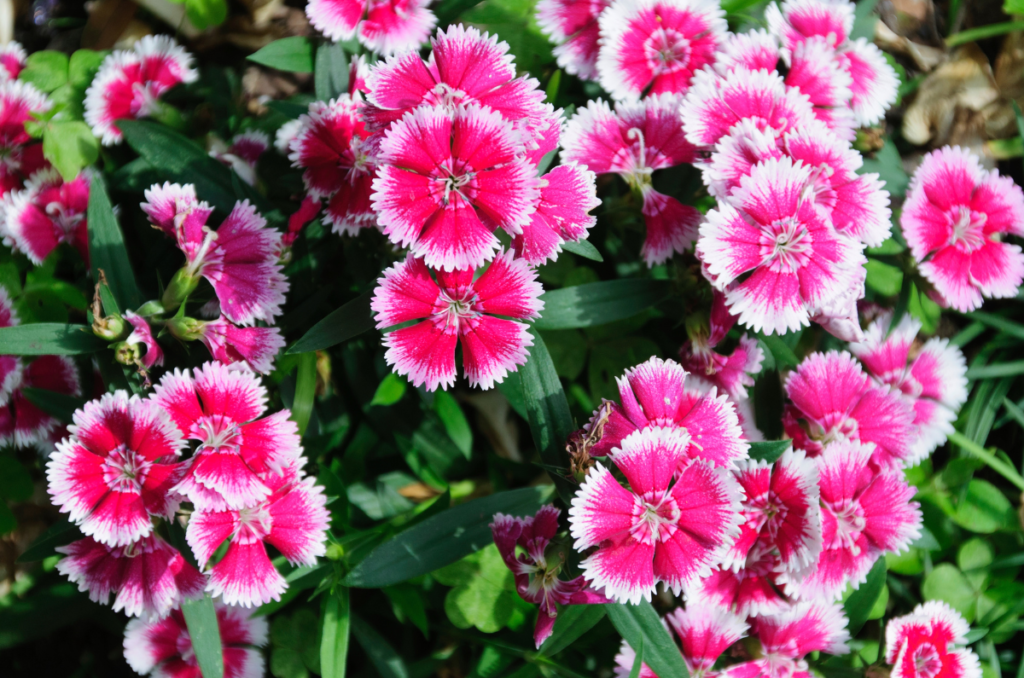
Dianthus
Dianthus brings a variety of colors and a spicy fragrance to the table. They are cold-tolerant and will often continue to bloom until a hard frost.
- Maximum Height: 6 to 18 inches
- Light Level: Full sun
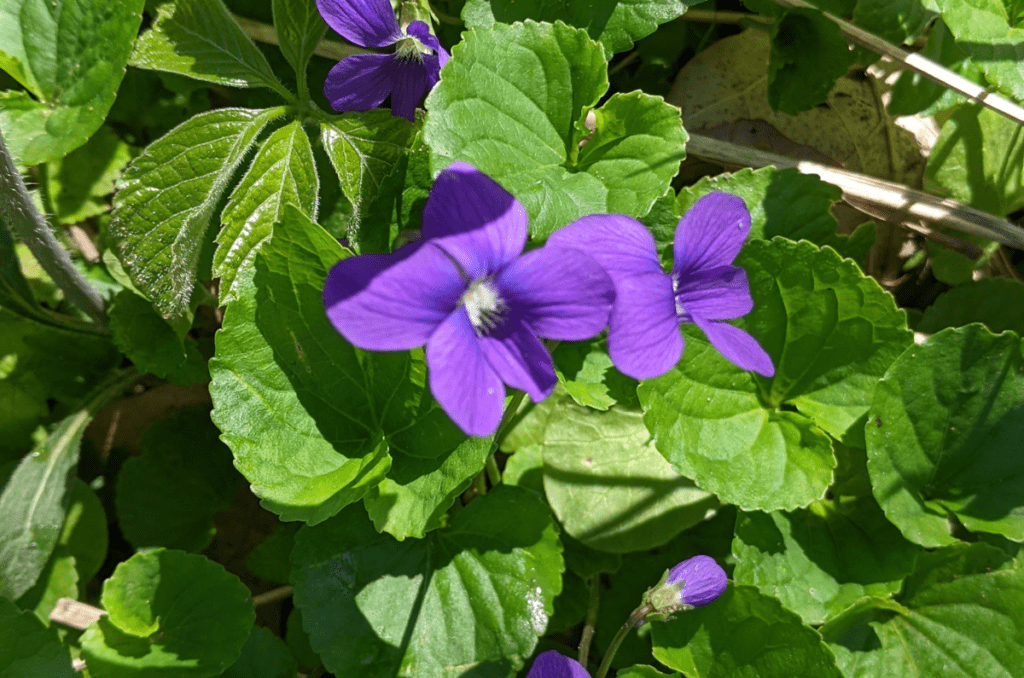
Violas
Violas are hardy and can survive frost, providing cheerful blooms in shades of violet, yellow, and cream. They’re an ideal choice to keep the color coming in cooler months.
- Maximum Height: 4 to 8 inches
- Light Level: Full sun to partial shade
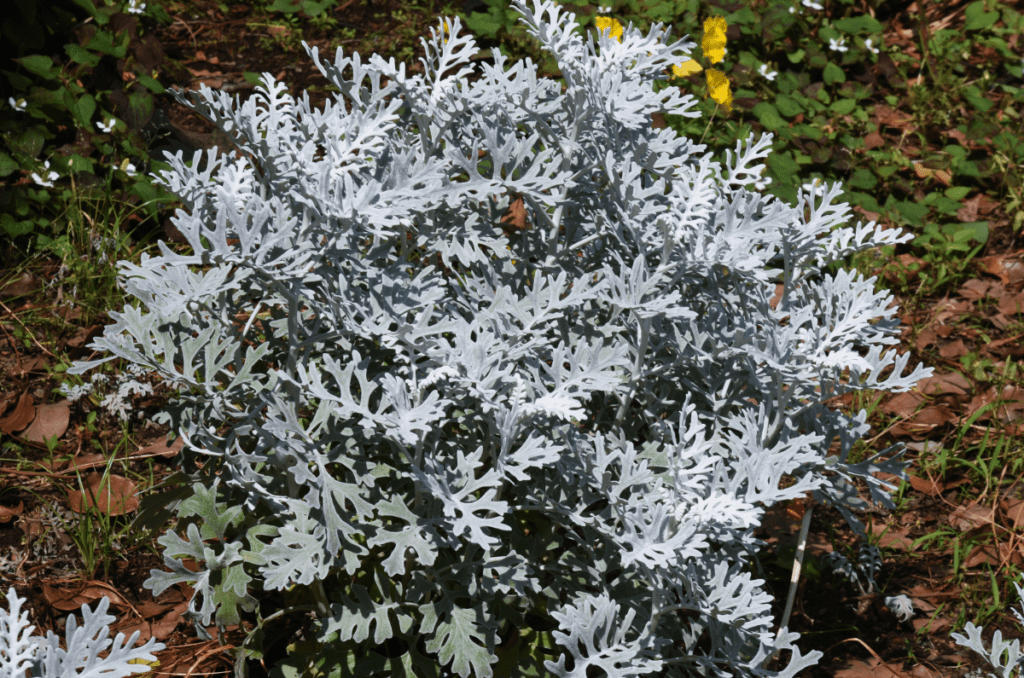
Dusty Miller
While primarily grown for its silver-grey foliage, Dusty Miller can add contrast and texture to your flower bed and is an excellent backdrop for fall flowers.
- Maximum Height: 6 to 12 inches
- Light Level: Full sun
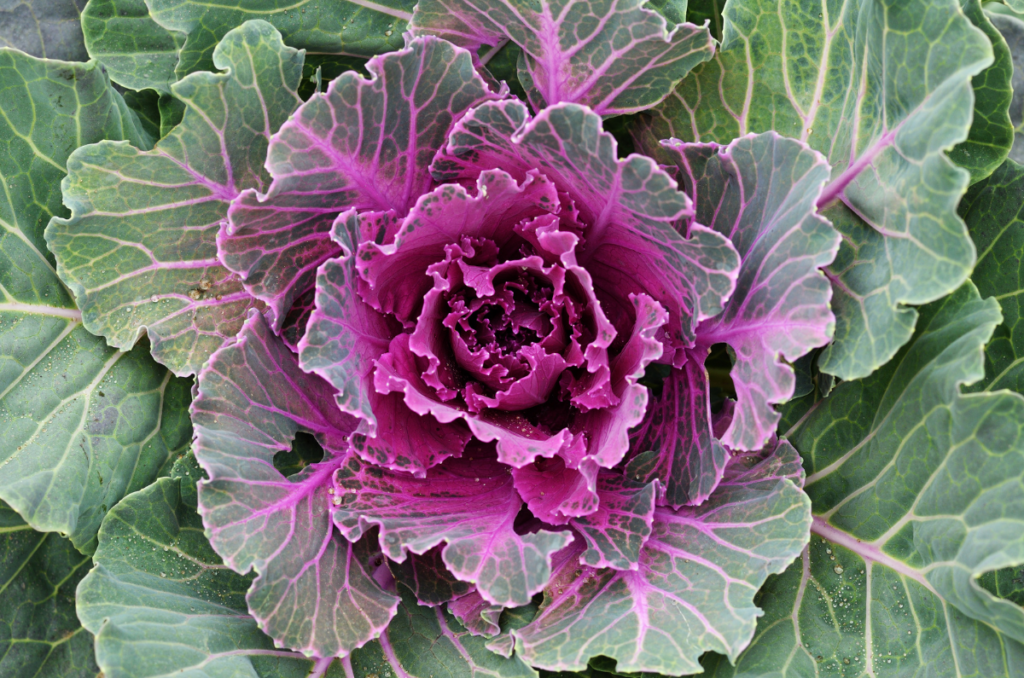
Ornamental Kale
Not a flower but often used like one, ornamental kale offers stunning leaf colors that become more vibrant with cooler temperatures.
- Maximum Height: 12 to 18 inches
- Light Level: Full sun
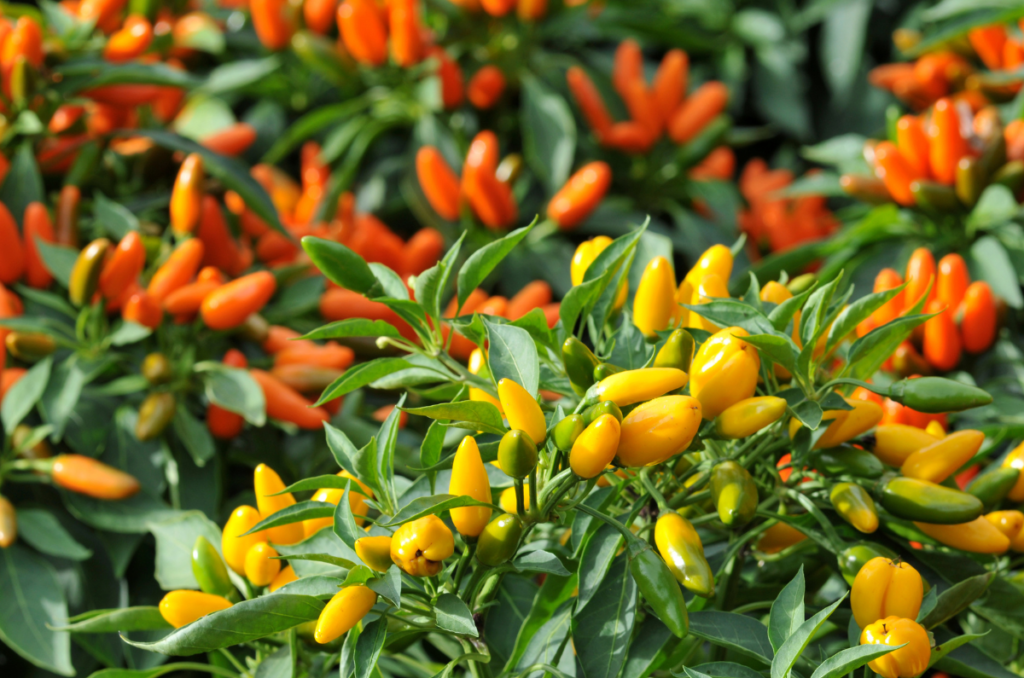
Ornamental Peppers
Ornamental peppers add unexpected shapes and a pop of color to your garden. They thrive in the warmth of early September and will keep going until the first frost.
- Maximum Height: 6 inches to 2 feet
- Light Level: Full sun
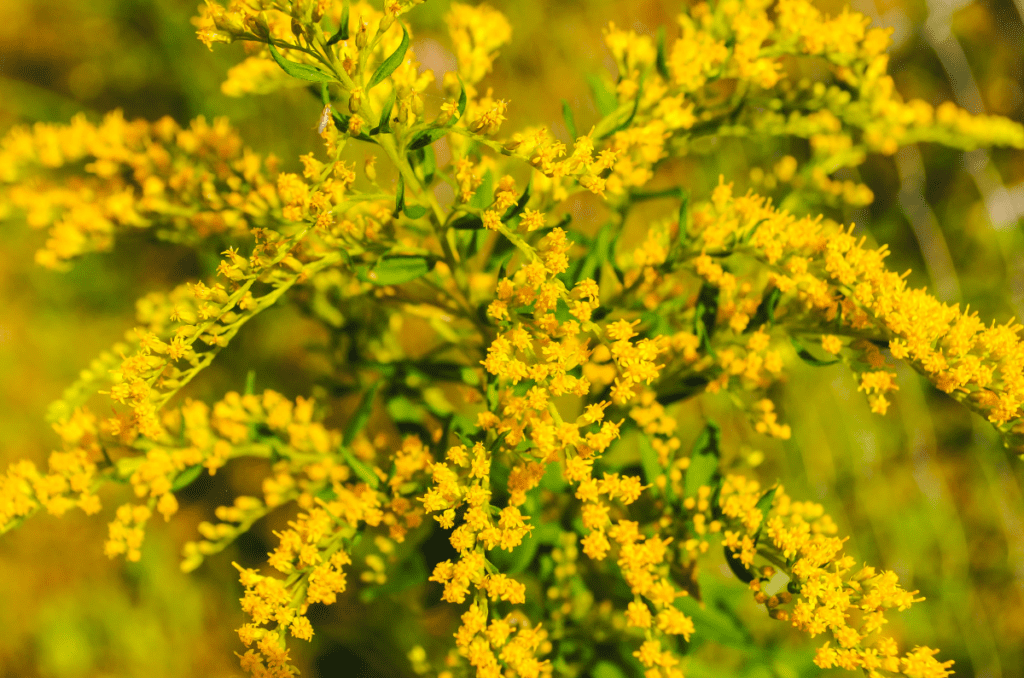
Goldenrod
Goldenrod bursts into bright yellow flower spikes in late summer and early autumn, bringing lively color and height to the garden at a time when many other plants are winding down.
- Maximum Height: 2 to 5 feet
- Light Level: Full sun
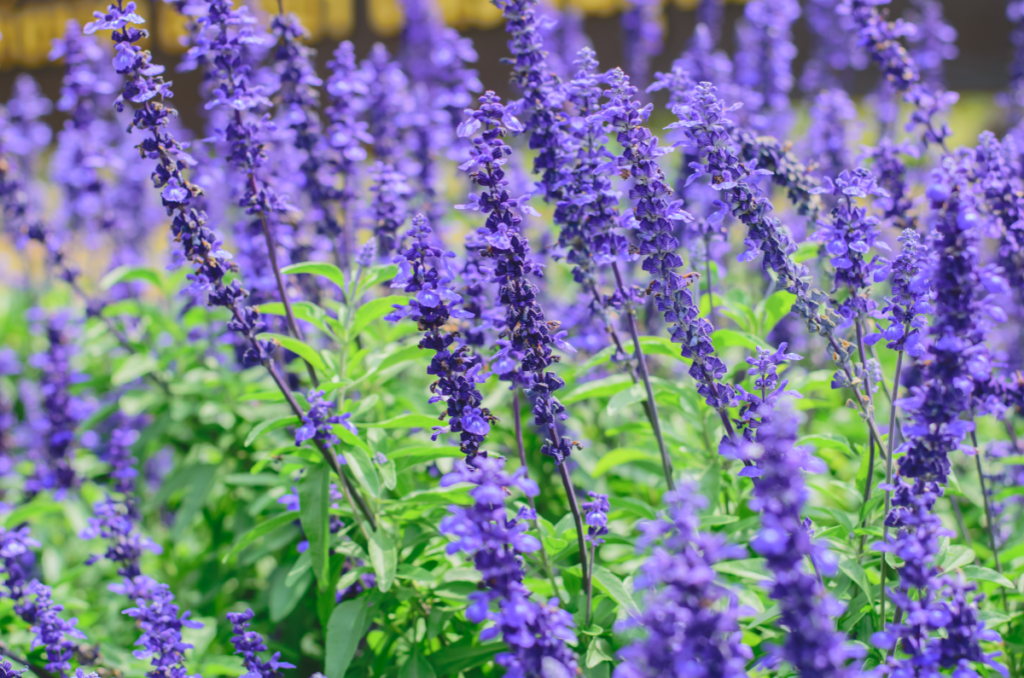
Salvia
With its long spires of blooms, salvia can inject a touch of the exotic into the fall garden and is particularly loved by pollinators.
- Maximum Height: 1 to 5 feet (varies by species)
- Light Level: Full sun
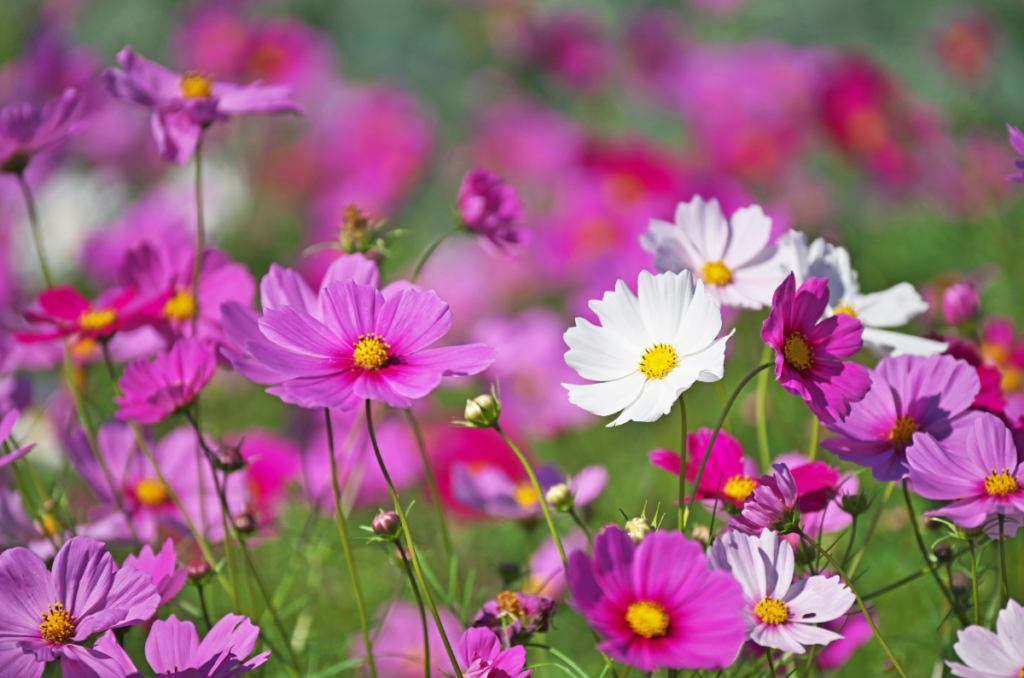
Cosmos
Cosmos are simple to grow and often flower until a hard frost—seeding them in early September can yield a late bloom.
- Maximum Height: 1 to 6 feet (depending on variety)
- Light Level: Full sun
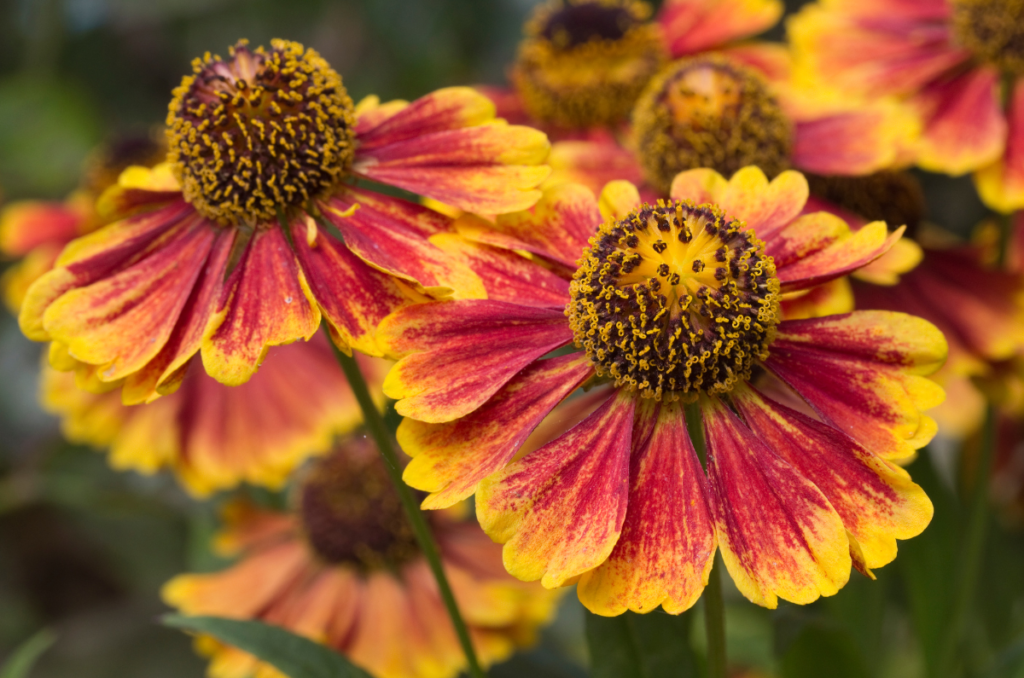
Helenium
Also known as sneezeweed, Heleniums offer a palette of fall colors and work great for September planting as they are late bloomers by nature.
- Maximum Height: 2 to 5 feet
- Light Level: Full sun
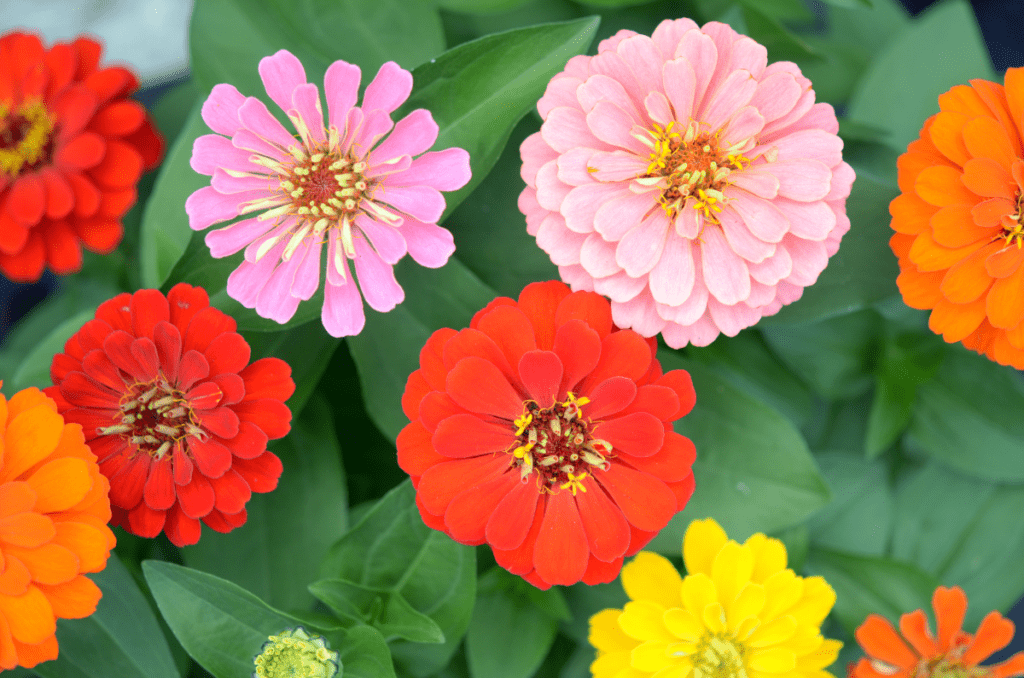
Zinnias
If you’re looking for a last burst of color before winter sets in, zinnias are a good choice when planted in September, as they grow quickly and bloom heavily.
- Maximum Height: 6 inches to 4 feet (depending on variety)
- Light Level: Full sun
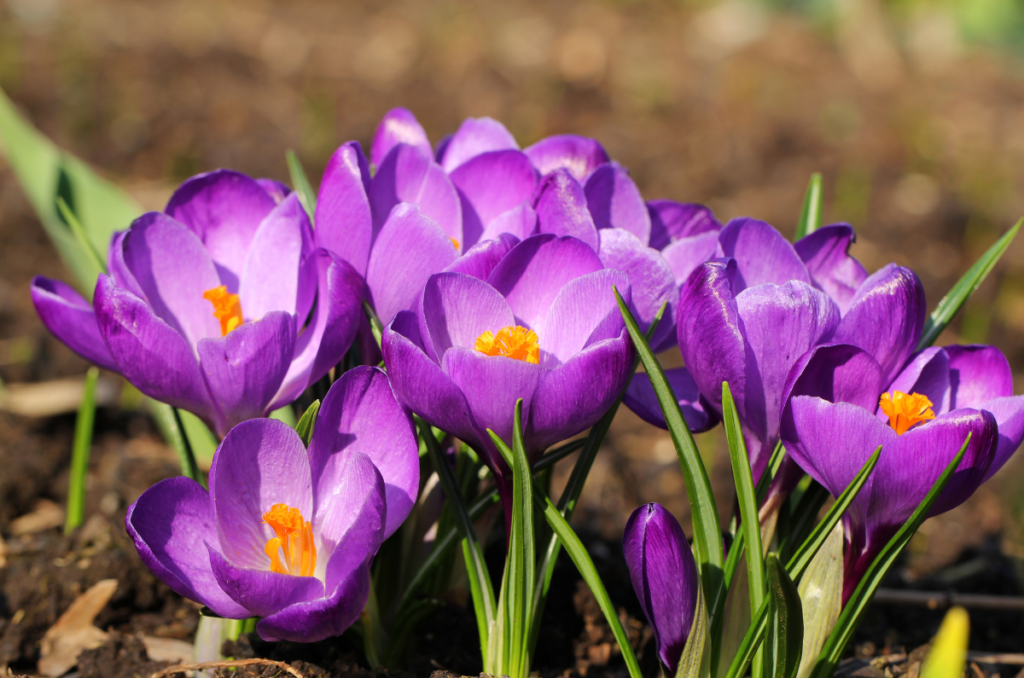
Crocuses
Planting crocus bulbs in September will ensure a delightful surprise when they pop up through late winter snows, signaling the first hints of spring.
- Maximum Height: 3 to 6 inches
- Light Level: Full sun to partial shade
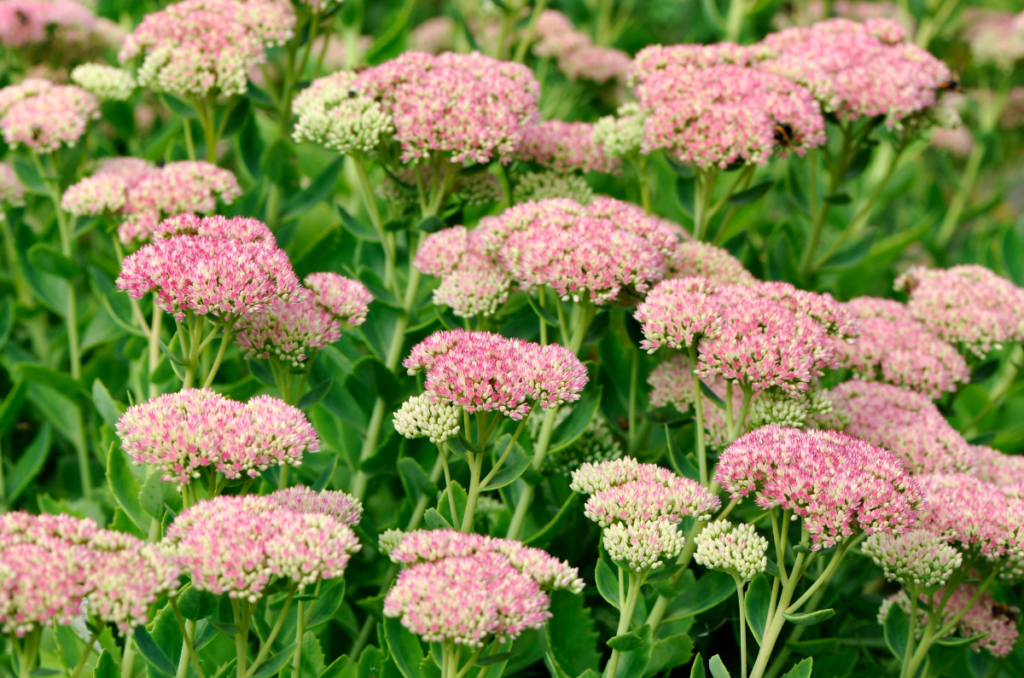
Sedum
Sedum, known for its thick, succulent leaves, bursts into starry blooms in late summer and fall, making it a must-have for any autumn garden.
- Maximum Height: 6 inches to 2 feet (depending on species)
- Light Level: Full sun
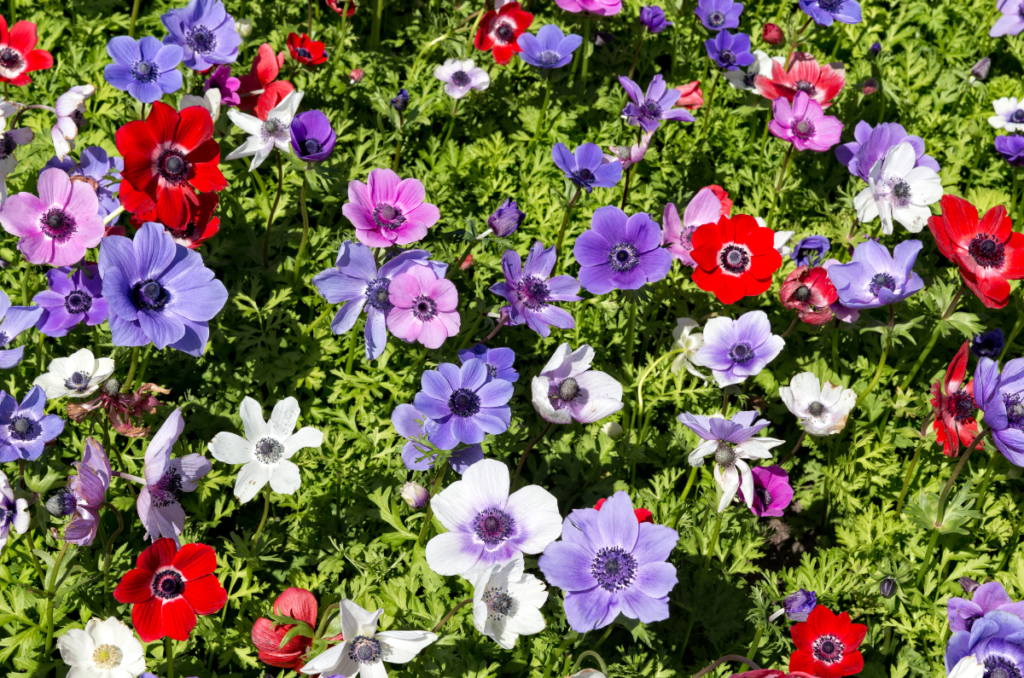
Anemones
Anemones, with their delicate flowers, serve as a beautiful ground cover and are an enchanting addition that can tolerate the increasingly cool nights.
- Maximum Height: 1 to 4.5 feet (varies by type)
- Light Level: Full sun to partial shade
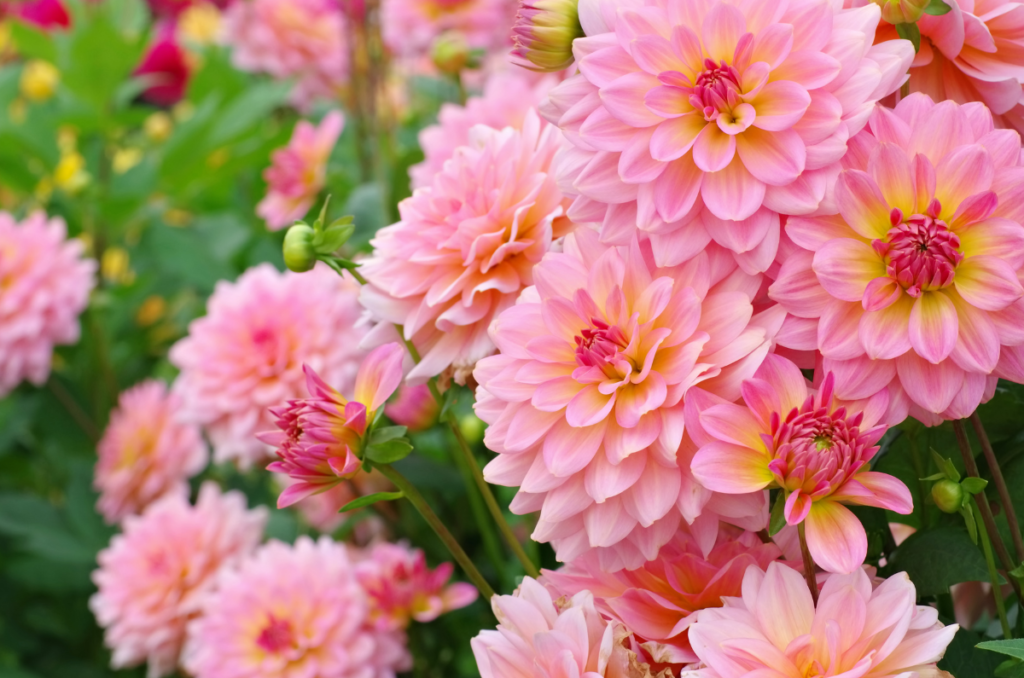
Dahlias
While typically planted in spring, dahlias can be put in the ground in early September for late blooms, especially in milder climates.
- Maximum Height: 1 to 6 feet (depending on variety)
- Light Level: Full sun

False Sunflower
False sunflowers are durable and can continue blooming into fall, bringing a touch of sun-like warmth to the garden even as temperatures start to drop.
- Maximum Height: 3 to 6 feet
- Light Level: Full sun
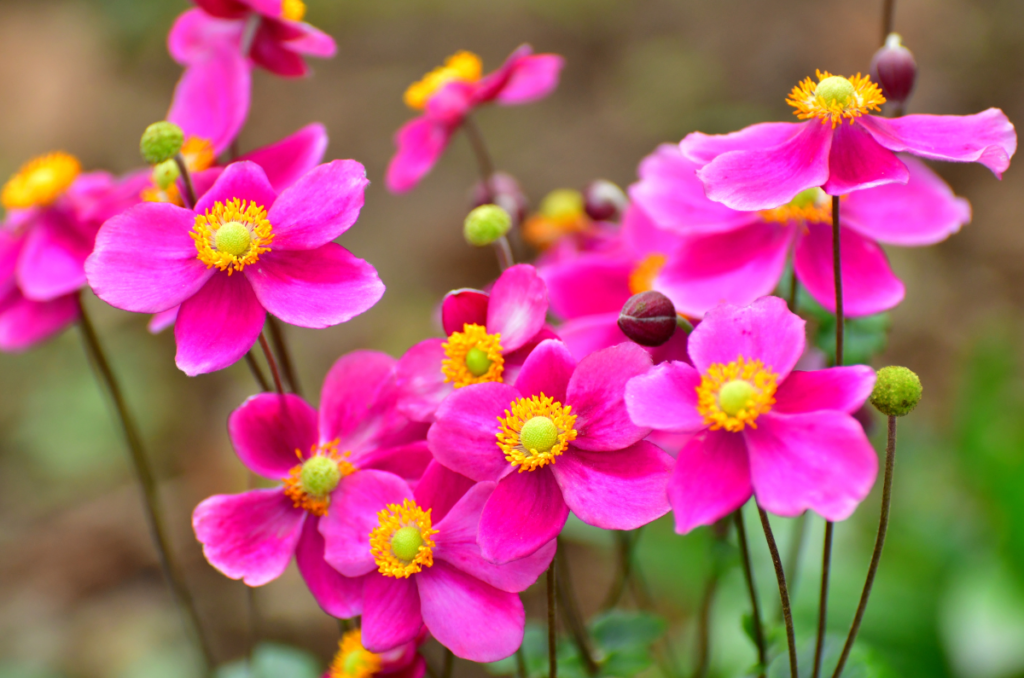
Japanese Anemone
Japanese anemones provide late-summer to autumn blooms with their distinctive, delicate flowers rising above mounded foliage, perfect for a serene garden as summer fades.
- Maximum Height: 2 to 5 feet
- Light Level: Full sun to partial shade
Discussion Questions
- What September bloom are you most excited to plant in your garden?
- Do you have any personal success stories or tips for gardening in early fall?
Please leave your answers in the comment section!
Frequently Asked Questions
Yes, September is a great time to plant spring-blooming bulbs such as tulips, daffodils, and hyacinths. They need a cold period to bloom, and planting them in early autumn helps ensure a colorful spring display.
Water newly planted flowers thoroughly to establish roots. The soil should be kept moist but not waterlogged. Typically, watering once a week deeply is sufficient, but this may vary based on local weather conditions.
It’s usually not necessary to fertilize plants in the fall as they are preparing for dormancy. However, a gentle, slow-release fertilizer can help establish perennials for future growth seasons.
Yes, many flowers suited for September planting also do well in containers. Ensure adequate drainage and shelter containers from extreme temperatures for the best results.
Many perennial flowers planted in September like sedum and asters are hardy and can survive winter conditions. Ensure they are properly mulched to protect their roots.
Even More Gardening Ideas
Here are a few more posts to get the ball rolling in your garden!
- 30 Yellow Flowering Herbs You Need to Grow
- Comprehensive Guide to Planting Brassicas for Fall
- 20 Fast Growing Vegetables to Plant in September
Products
For all-purpose organic fertilizers, check out Fishnure.
To buy organic, non-GMO lavender seeds, check out SeedsNow.
For a wide selection of perennial garden plants, check out Nature Hills Nursery.
For gardening equipment, check out Bootstrap Farmer
Planting flowers in September is not just about extending the beauty of your garden into fall, but also about preparing for an early burst of color come spring.
Whether you’re sowing seeds, planting bulbs, setting perennials, or maintaining blooms that thrive in autumn, each plant choice offers its own reward. By selecting the right species based on bloom time, light requirements, and care levels, you can significantly enhance your garden’s life cycle and enjoyment.
Remember, a little effort in the fall can lead to a vivid payoff in the months to come, making your garden a year-round sanctuary for both you and the local wildlife.
Have you planted any of these September flowers in your garden? Are there blooms you’ve had success with that aren’t on our list? Share your stories, tips, and questions in the comments below! Don’t forget to share this post on your favorite social media platform and sign up for our newsletter for more gardening insights and tips.
If you want to learn more about gardening, foraging, nature, and sustainability, check out The Real Gardener on Instagram, YouTube, and Pinterest.
Pin this post for later:
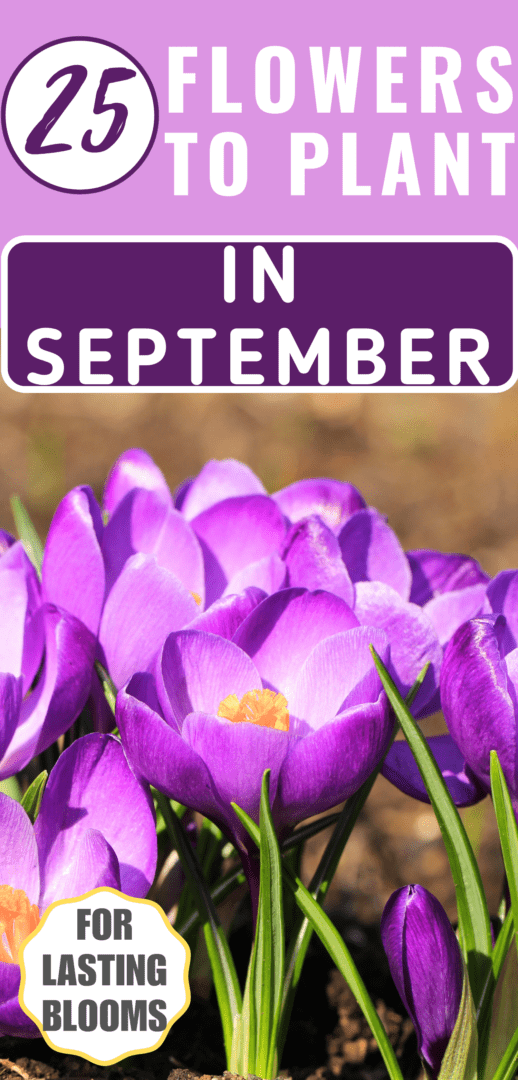
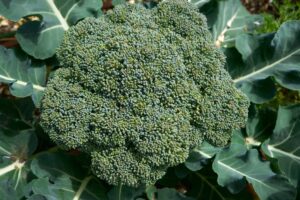
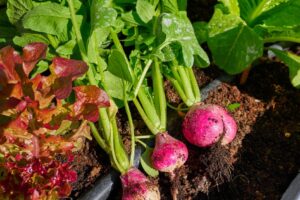

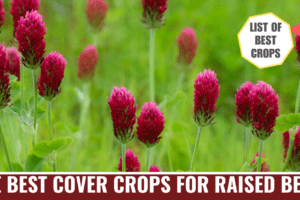

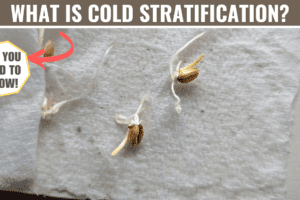
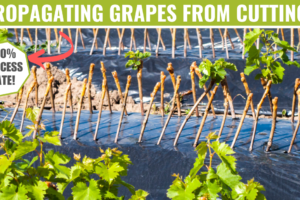
Leave a Reply